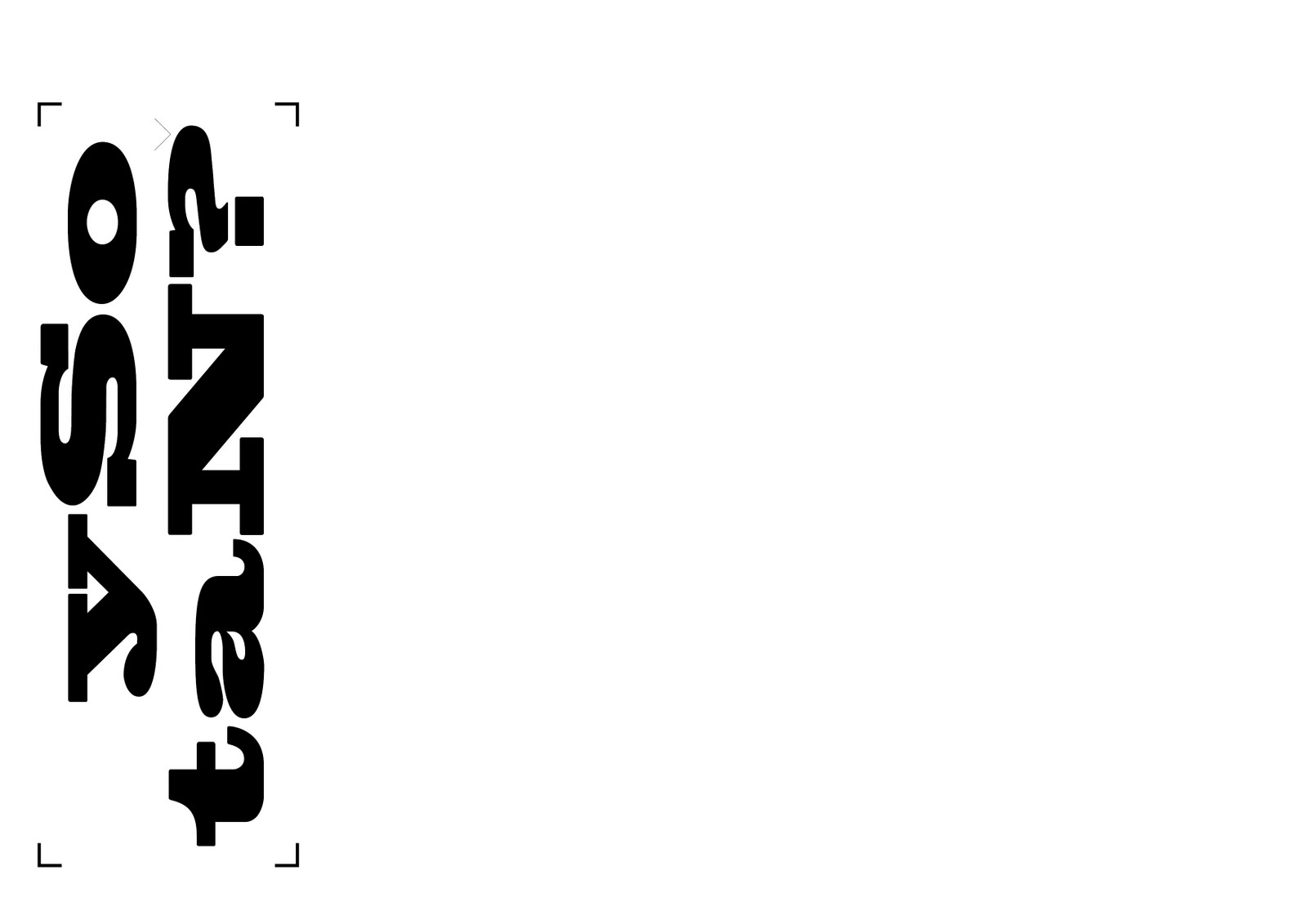dRAFT_ONE from Jason Tan on Vimeo.
Experiment four dealt with the exploration of extreme sports through real time environments, by allowing the viewer to experience it from a first person perspective. By breaking down the sports into 3 categories, approach, experience and consequence a concept was developed that simulated the experience of an extreme sport.
The real time simulation led to the development of a circulation scheme that accommodates the user, in this case the patient. Through the use of digital modeling and animation the circulation scheme was conceived. "Presentation began to inform the work and give you ideas." "… we do not have to have the vertical circulation operate like an extrusion or vertical core, but rather allow the vertical path to shift from one level to the next." Qoute: Za Ha Hadid, project Tomigaya Project Tokyo Source: http://books.google.com.au/books?id=jp2om6d-WhMC&printsec=frontcover&dq=DIGITAL+ARCHITECTURE&lr=&sig=ACfU3U28Q0KVfEo_zp9pmOVwihpF0EoVcw&source=gbs_similarbooks_r&cad=4_2#PPA15,M1
The sections reveal a patient circulation method that follows a direct path allowing the patient to be transported through the various stages, from assessment to wards, in a linear path, eliminating the need to travel back and forth once admitted into the hospital. This is especially evident in the long section, breaking away from the conventional multi level design allowing spaces within spaces to be created. Suspended ramps and specialist rooms emphasise the concepts of height, scale and edge, all of which define extreme sports. Re-creating an extreme experience through approach, experience and consequence was the basis of my initial circulation concept in experiment four, this scheme progresses the idea of empathy and attempts to translate it into a building form.
Spatially the scheme consists of three main zones, freestyle, core and wards. The two sections were taken to reveal the various zones and how they connect and relate with each other. Freestyle refers to the skate park integrated into the basement level which is accessible via South Dowling and Hutchinson streets. The ramps protrude through areas of the ground level providing an interactive link with the injury hospital. A snake type bowl is suspended from the upper floor portals, which is directly linked to the rehabilitation ward, the idea is to provide visual motivation for recovering patients re-building and recovering from injury.
The core of the scheme consists of a series of pods suspended from portals and trussing, they are linked via a ramp and rail track system, which provides automated patient transport, in the form of a motorized gurney, from the assessment stage right through to theatre. The key area of interest being safety in patient transport and increasing workplace efficiency. The suspended pod system provides treatment for cases ranging from mild to critical, this is visually represented in the animation with strong illuminated reds indicating critical and pale red representing mild cases.
Once the patient has travelled through the necessary pods they will end up in the wards, located in the northern end of the scheme. The theory is that the gurney which led them through the various pods can be detached from the automated track rail system allowing the patient to be pushed to their room, reducing the need to physically move the patient.
Aesthetically the facade and roof geometry is an extension of the tall, narrow claustrophobic lanes that bound the western boundary of the site. Sharp edges and irregular form was conceived by breaking down the Architectural elements that define extreme sports.
Following on from Draft 1 detailing the automated transport system will be the main focus, and tying in the freestyle ramps with the circulation scheme, to create spaces that are highly interactive.









